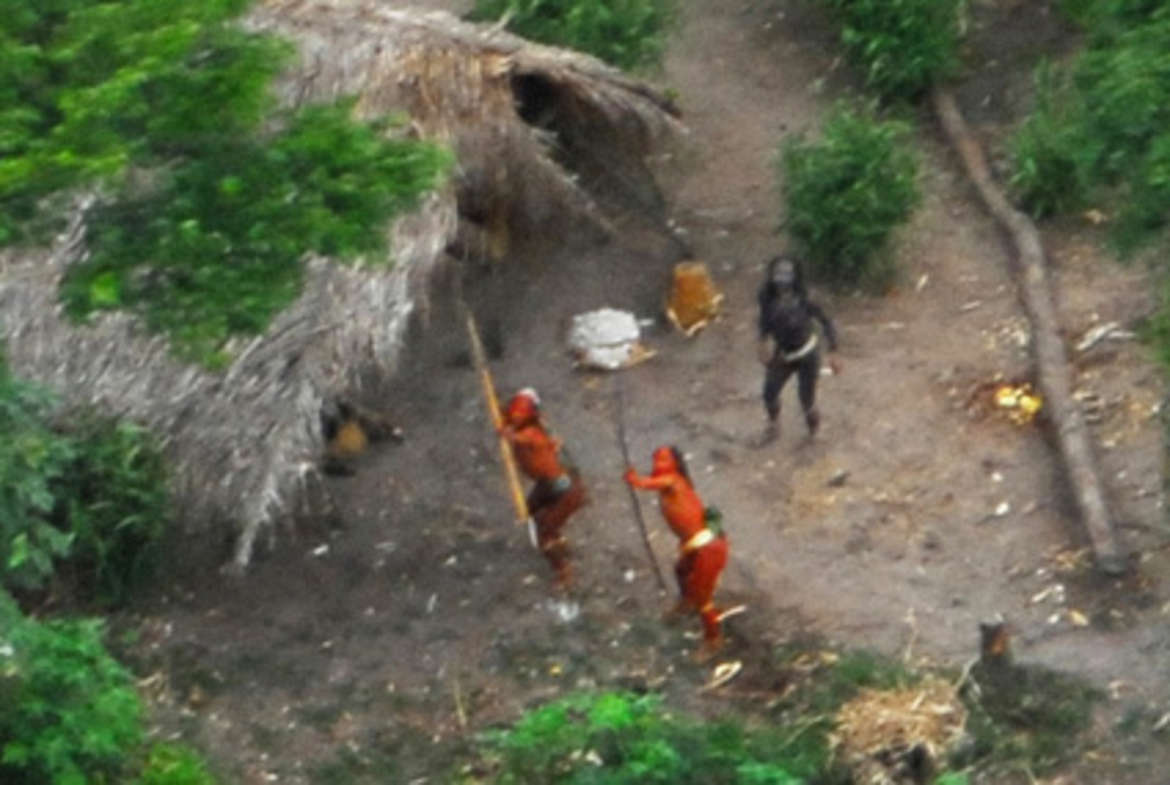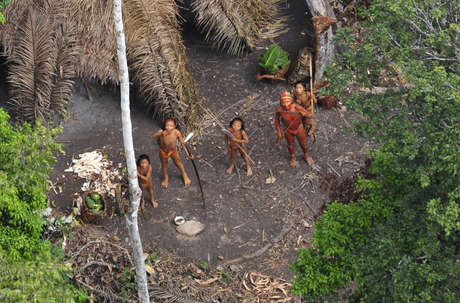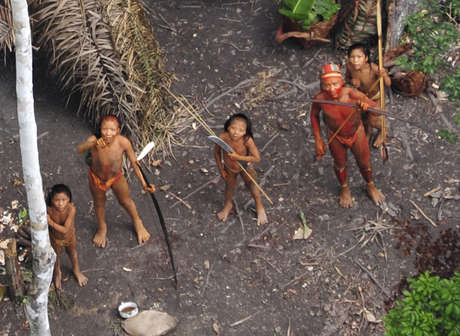Brazilian expert sounds warning for uncontacted Indians
December 10, 2010

This page was created in 2010 and may contain language which is now outdated.
One of Brazil’s leading experts on isolated Indians has warned that loggers could trigger violent conflict amongst uncontacted tribes on the Peru-Brazil border.
José Carlos Meirelles, who has worked with Indians in the region for decades, said that tensions in the area have been increasing since 2006, as illegal loggers penetrate remote rainforest on the Peruvian side of the border.
The loggers’ invasion is believed to have pushed isolated Indians across the border into the Brazilian state of Acre – and into the territory of neighboring tribes who are likely to resist this intrusion.
Meirelles added that the number of uncontacted Indians in Acre is increasing, their population possibly having doubled in the last 20 years.
It is now thought that in Acre there could be as many as 600 uncontacted Indians, belonging to four different groups.
Uncontacted Indians are extremely vulnerable, as they have little or no resistance to common outside diseases such as influenza, chicken pox and measles. Large numbers have died in the past as epidemics of previously unknown diseases have decimated their populations.
The policy of FUNAI, the Brazilian government’s Indigenous affairs department, is to protect the uncontacted Indians’ land so they can live there free from outside threats.
Mr Meirelles has previously highlighted the dangers that illegal logging in Peru poses to the isolated Indians of Acre state, but the logging is continuing unabated.


